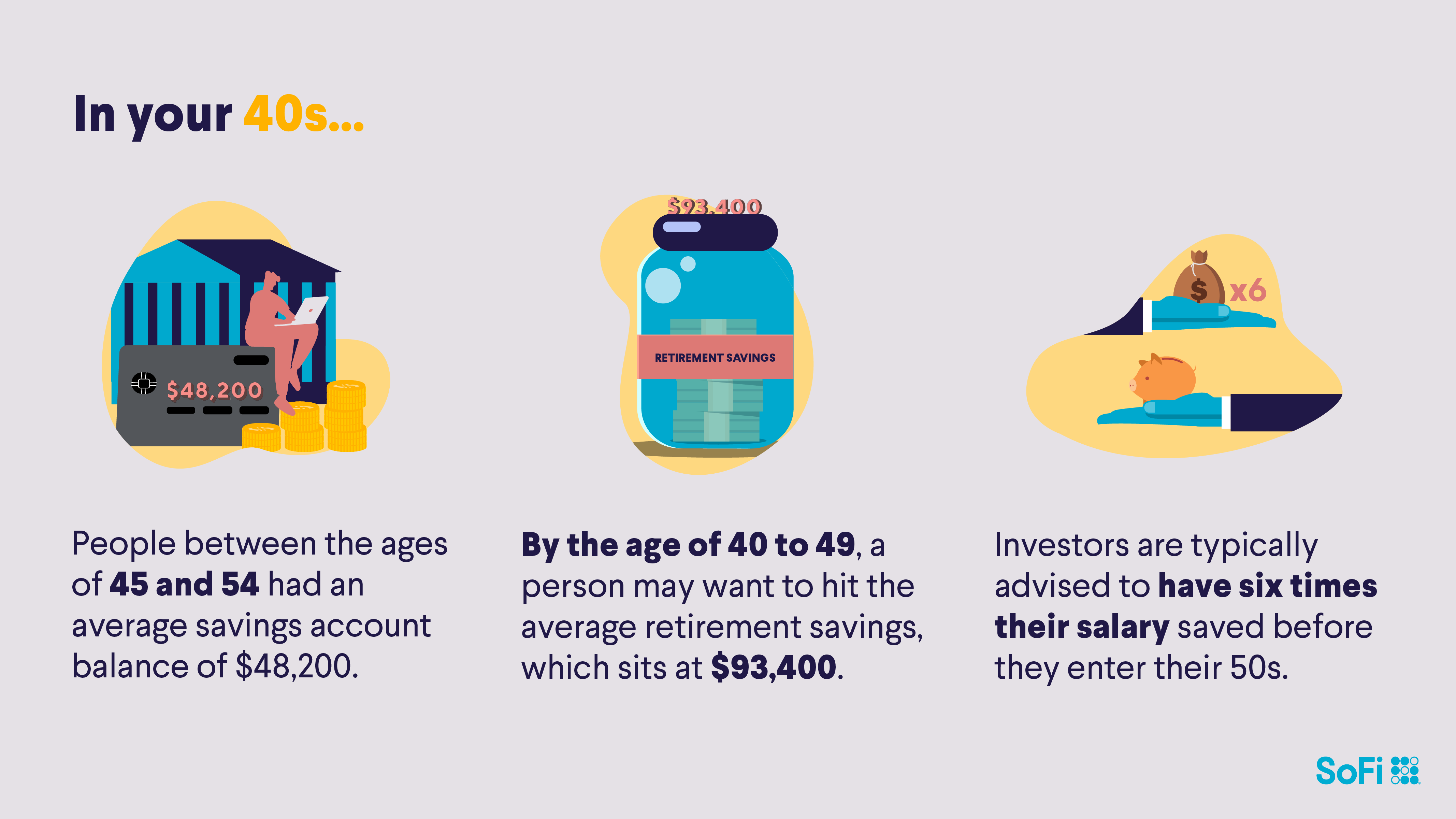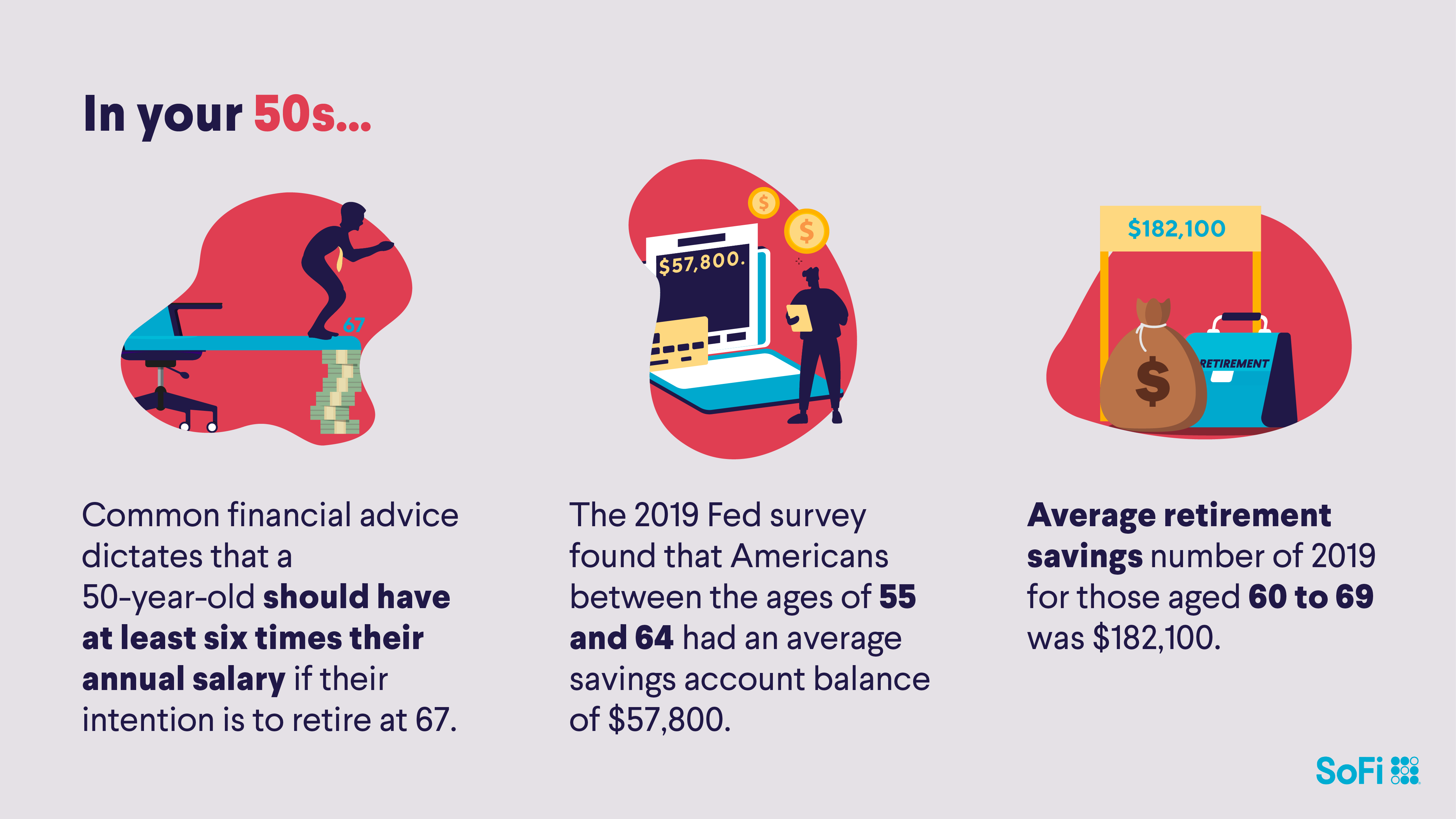7 Tips for Acing a Video Interview
Whether you recently graduated school or are just seeking a new job, work interviews are increasingly conducted online, via video. This can be especially true as more companies take on remote hires and millions are working from home.
With this rapid rise in digital job interviews, you may wonder, What are some ways to ace a video interview? Do I need a fancy lighting set-up? What should I wear?
To help you make a good impression, read on for seven video interview tips, from practicing ahead of time to tweaking your background. They can help you make a great impression.
Get the Details Right
Video interviews could lead to a rewarding job. So it can be a smart first step to confirm the logistics of the video interview in advance to make sure there’s not a last-minute panic. Some questions to wrangle could include:
• Will you get a calendar invite or event link for the interview?
• What time zone will the interviewer be calling in from?
• Which video conferencing platform will be used?
• Will you need to download software to be able join the interview?
Knowing the answers to logistics can help bring more confidence to the video interview.
💡 Quick Tip: Often, the main goal of refinancing is to lower the interest rate on your student loans — federal and/or private — by taking out one loan with a new rate to replace your existing loans. Refinancing makes sense if you qualify for a lower rate and you don’t plan to use federal repayment programs or protections.
Dress for the Video Interview
Whether you are applying for an on-premises, fully remote, or part-time remote job, certain interview expectations stay the same — namely, presenting yourself with professionalism and dressing for the job. Even when (especially when) you’re interviewing from home.
Even if you’re applying for a fully remote job and you’d likely wear a hoodie and leggings every day, this is a moment to look professional. Business casual is a good bet, and remember the adage to dress for the job you want, not the role you have. Going a notch more formal is typically better than too relaxed.
Do check out how you look on camera in your interview outfit in advance. A shirt that looks fine in real life could wind up looking odd when cropped on camera.
Now, the seven tips to help you ace a video interview as you move forward with job applications.
1. Practice to Make Perfect
Different companies or organizations may use different platforms to host the interview — from Zoom to Google Hangouts to other programs. Don’t worry: You don’t need to become a pro at all the expert features. Still, it’s a good idea to become comfortable with:
• Dialing into scheduled calls
• Checking the audio and the camera
• Understanding what the interviewer can see
• Ensuring the WiFi signal is strong enough for the video interview and doesn’t lead to lag.
If you’re scheduled for a video job interview via a program you’ve never used, it’s advisable to download and try it out well before the actual call. Opening up an unfamiliar program just before the interview only to realize it’s not compatible with your technology might not create a positive first impression. Also make sure you double-check that you have all logins or passwords for the call.
Recommended: How to Get Out of Student Loan Debt: 6 Options
2. Set the Surroundings
Here’s the next video interview tip: Generally, it’s a good idea to do a test call on the planned video-interview platform. This could help you assess how you and your surroundings appear via video. You may even want an extra set of eyes and ears: Ask a friend or family member to do a “mock” call to ensure the audio and visuals are clear.
When prepping for a video interview, put yourself in the position of whoever will be interviewing you. Some questions to chew on:
• What can the interviewer see of your space? Are you too far from or close to the camera?
• Are you easily visible or is more light needed? Or is the setting too bright and full of glare?
• Are there any distractions in the camera frame? Are you able to make eye contact as you talk, or are you looking sideways into the camera?
Some digital platforms allow users to record sessions. So, interviewees may want to record themselves talking and then watch and listen. You could run through the main things you want to say in the real video interview. Talking aloud on camera can help some people to become more aware of their own body language and improve it, if needed.
These steps can be a good way to finetune your online interviewing skills and hopefully get you on your way to accepting a job offer.
3. Take Brief Notes Beforehand
With job interviews, researching the company beforehand could give you ideas of how to connect previous work experience with the brand’s values or role’s responsibilities. One of the benefits of a video interview is that you can make these research notes quite literal.
Write out key points on a big piece of paper near your computer. Or, jot down a couple of accomplishments (say, an in-demand internship) on a sticky note next to your camera. It’s likely that the employer conducting the video interview will have no idea you’re looking at those pre-prepared notes. Just make sure you keep your notes short, so you can naturally weave in key points while maintaining good eye contact with your interviewer.
💡 Quick Tip: It might be beneficial to look for a refinancing lender that offers extras. SoFi members, for instance, can qualify for rate discounts and have access to financial advisors, networking events, and more — at no extra cost.
4. Minimize Off-Screen Distractions
Another important online video tip is to keep your on-screen image distraction-free. It’s worth remembering that the only person the interviewer wants to interact with is you…not your adorable pets, lovely roommates, or kid sister. You ask the folks you share a living space with to keep quiet or stay in their rooms during your interview. Plan ahead so the conversation isn’t distractingly interrupted by unexpected visitors. (If your dog does somehow come bounding in and sits on your lap, own the situation, apologize, and remedy it as quickly and calmly as you can.)
And, on this topic, it’s a smart idea to turn off notifications for texts and emails during the interview time slot. Otherwise, a funny group chat could make your phone blow up with the distracting sound of alerts flooding in.
Also, as part of how to prepare for a video interview, check your background. Not everyone has a camera-ready home office. Do you have a messy shelf behind your head? Or your roommate’s horror-movie poster hanging there? Style your space so it doesn’t distract your interviewer from you and all you can offer a company.
Recommended: When Do Student Loans Start Accruing Interest?
5. Show up Early
Just as with an in-person interview, it’s wise to show up early. This can communicate that, yes, you’re punctual, but also that you are organized, dependable, and eager for the job.
Also remember that with video calls, there can be issues. Perhaps your passcode doesn’t work, or your video camera won’t turn on (despite having tested it the day before). If you aim to be online and logged in early, you can troubleshoot as needed. Just keep your posture and demeanor professional while you are in any digital waiting rooms before the call starts.
6. Go Outside for a Breather
It’s hard to feel energetic and friendly if you’re cooped inside all day. A good way to minimize nerves is to get fresh air. Don’t just open up a window. Take a quick walk around the block to get a jolt of sunlight and catch a breeze. They can help reset the mind. It can also be a great idea to do these between video interviews, if you have more than one scheduled on a given day.
7. Remember to Be Yourself
After preparing for the logistics of video job interviews, it can be easy to forget one simple thing: Be yourself. While a strong WiFi signal and well-lit space won’t hurt your chances during a video interview, it’s helpful to recall that interviews are conversations between two or more people. You’re not being grilled on a TV news report. Sure, you want to be prepared, but also relax, and share who you are.
Ways to help communicate across the digital divide: Aim to make good eye contact, have your voice show energy, and try out a signal to show that you are done speaking and ready for the next question. A nod might work well in this case.
Getting to Work
How to prepare for a video interview and ace it is just one part of navigating life after college. Being ready for a video interview is just one new way to get noticed these days.
On top of looking for a full-time or better-paying job, some grads also want to find ways to reduce their outstanding debt balances. That can include long-term bills, like student loan repayments. Some borrowers decide to refinance their student loans with a private lender.
Refinancing student loans could reduce monthly bill payments, though it’s important to note that you may pay more interest over the life of the loan if you refinance with an extended term. In addition, if you refinance federal student loans, you will forfeit certain federal benefits and protections. If you are curious to learn more about refinancing student loans, it can be a good idea to research different offers.
Looking to lower your monthly student loan payment? Refinancing may be one way to do it — by extending your loan term, getting a lower interest rate than what you currently have, or both. (Please note that refinancing federal loans makes them ineligible for federal forgiveness and protections. Also, lengthening your loan term may mean paying more in interest over the life of the loan.) SoFi student loan refinancing offers flexible terms that fit your budget.
SoFi Student Loan Refinance
If you are a federal student loan borrower, you should consider all of your repayment opportunities including the opportunity to refinance your student loan debt at a lower APR or to extend your term to achieve a lower monthly payment. Please note that once you refinance federal student loans you will no longer be eligible for current or future flexible payment options available to federal loan borrowers, including but not limited to income-based repayment plans or extended repayment plans.
SoFi Loan Products
SoFi loans are originated by SoFi Bank, N.A., NMLS #696891 (Member FDIC). For additional product-specific legal and licensing information, see SoFi.com/legal. Equal Housing Lender.
Non affiliation: SoFi isn’t affiliated with any of the companies highlighted in this article.
Financial Tips & Strategies: The tips provided on this website are of a general nature and do not take into account your specific objectives, financial situation, and needs. You should always consider their appropriateness given your own circumstances.
SOSL1123007
Read more





